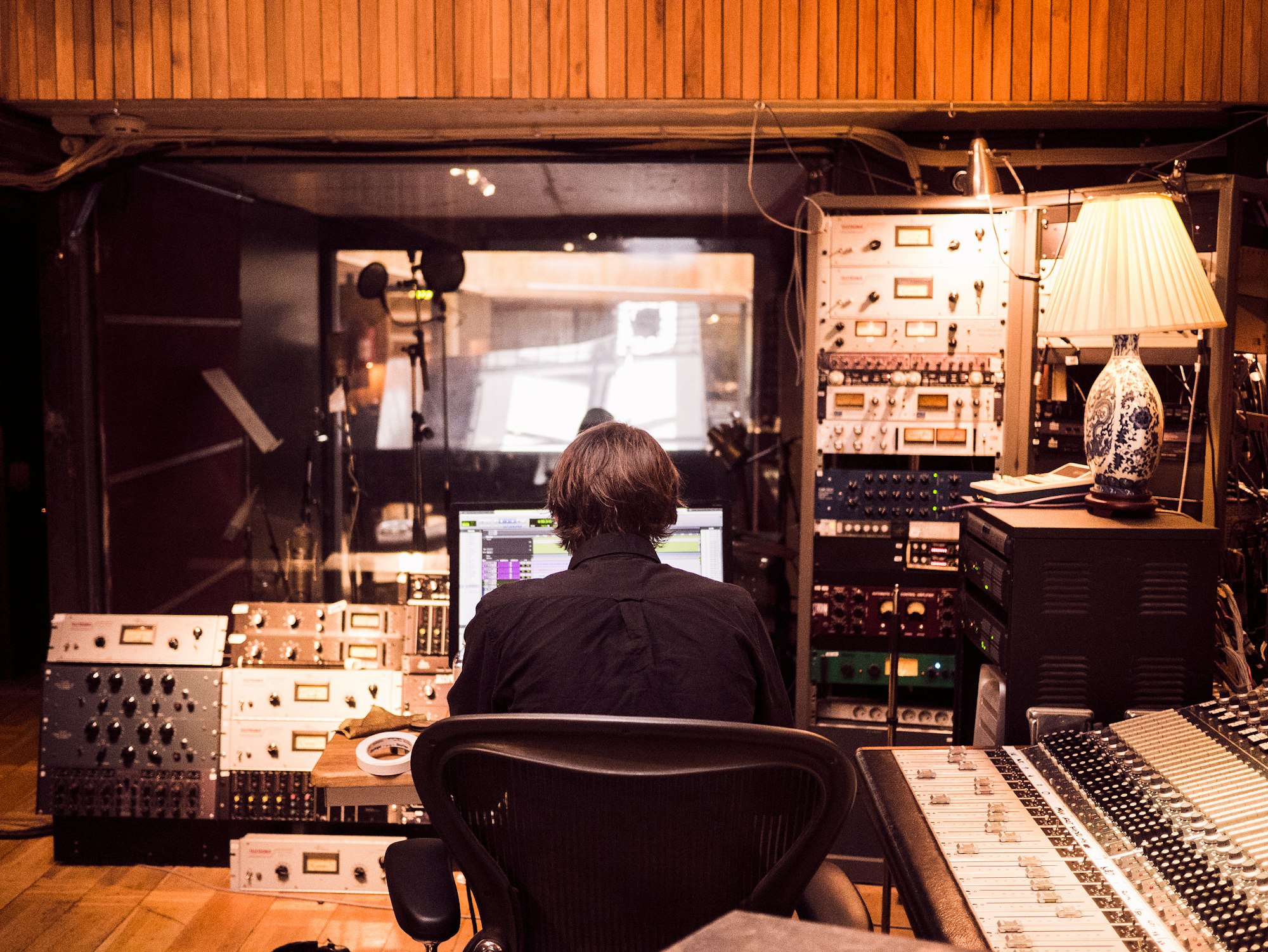Why We Wrote This Guide
All creators deserve credit and recognition for the art they create. Sadly, however, creators and their work are often taken advantage of. The exclusive rights in the U.S. copyright law are basic rights given to all creators to help protect their art and themselves from copyright infringement and improper exploitation of their work. Exclusive Rights allow creators to gain control over their art and provide creators with opportunities to exploit their art for profit.
This guide is an explanation of what the exclusive rights in copyright law are and how they are helpful to artists. This guide is a written portion to go along with our YouTube video on the exclusive rights in copyright law. Check out our youtube video for additional information.
Who This Guide Is For
- All creators who want to understand their rights.
- Anyone who wants to learn about the exclusive rights in copyright law.
What are the exclusive rights in copyright law?
Before we begin, the exclusive rights of copyright law only apply to the United States and the United States territories. If you are from outside of the U.S. it might be more helpful to research your country's copyright laws and see if they have similar rights like the exclusive rights that the U.S. has.
The exclusive rights of copyright law began as five basic rights given to all creators. However, with the advancements of technology a sixth basic right has been added to the list. These basic rights are found within section 106 of the U.S. copyright law. Each of the exclusive rights have a different way of helping a creator.
As described directly from the U.S. Copyright Law, the six exclusive rights are:
- The right to reproduce the copyrighted work in copies or phonorecords. This right gives a creator the opportunity to reproduce their work. Meaning they can make copies of their sound recordings, masters, sheet music, etc.
- The right to prepare derivative works based upon the copyrighted work. This means an artist has the right to make changes to their art. There are also other ways to use this right in different scenarios. Commonly, the second exclusive right is beneficial in the case of sampling within a sound recording. If an artist is using sampling within their song, as long as they have permission from the original creator, they can make changes like remixing the song for their own. There is also a version of sampling with composition and it is called interpolation. You also need the original owner's permission to use this form as well.
- The right to distribute copies or phonorecords of the copyrighted work to the public by sale or other transfer of ownership, or by rental, lease, or lending. With the advancements of technology this right has transformed from making mixtapes to linking people to their playlists on social media. Social media has changed the way this right works in many ways. Posting a piece of art on Instagram is a form of distribution. As well, when someone makes copies like making copies of songs to a mixtape this right also applies. Now individuals may post artwork on Instagram or make mixtapes like in the old days, but when this action becomes profitable for that individual is when it has become unlawful distribution. The rise of Napster in the early 2000’s is an example of unlawful distribution. However, today more often than not people are a part of music subscription groups and no longer are able to copy and distribute music as easily.
- In the case of literary, musical, dramatic, and choreography works, pantomimes, and motion pictures and other audiovisual works, the right to perform the copyrighted work publicly. The word “performance” in this case is broad and applies to many different uses of art. A performance could be as simple as watching a movie on netflix or in a movie theater. It also could be attending a musical or a dramatic reading. The most obvious example is seeing your favorite artist live in concert. However, if an artist or a group of individuals perform a work that is not their own they will have to receive a license to perform these works publicly. Everyone involved in performances needs a license including streaming services, film and tv, radio, music venues, etc. Often in the United States, these licenses can be acquired from performance rights organizations such as ASCAP, BMI, SESAC, and GMR.
- In the case of literary, musical, dramatic, and choreographic works, pantomimes, and pictorial, graphic, or sculptural works, including the individual images of a motion picture or other audiovisual work, the right to display the copyrighted work publicly. This right applies to all creative works. An example would be displaying art in a gallery or museum.
- In the case of sound recordings, the right to perform the copyrighted work publicly by means of a digital audio transmission. This right applies mostly to streaming services and their use of sound recordings on their platforms. This right applies to both non-interactive streaming and interactive streaming.
Sources:
https://www.law.cornell.edu/uscode/text/17/106
https://www.youtube.com/watch?v=g2MhnXp1WyA
Composed by:
Isabella Weaver
¿Quieres utilizar esta guía para algo más que una lectura personal? Buenas noticias: puedes hacerlo, siempre que su uso no sea comercial y des crédito a Exploration.

Esta obra está bajo una licencia de Creative Commons Attribution-NonCommercial 4.0 International License.
